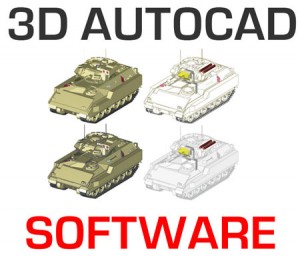AutoCAD was one of the first Computer Aided Design programs to be made available on personal computers. It was released in 1982 by Autodesk, Inc., and offered a personal solution to software that was before then released only for larger workstations. According to Wisegeek.com “CAD programs prior to AutoCAD required massive amounts of computing power in the form of gigantic computers, AutoCAD streamlined its operating and optimized it for the IBM PC, allowing people to work from home or on their own work computers”. After further researching and watching AutoCAD tutorials, I wish that I could have been in class to learn the program. 
There are many strengths and efficient tools built into the program that help people design buildings, products, or public spaces, without having to draw up plans by hand. One tool that I researched was the palettes. According to the article The Best of AutoCAD, “Most users don’t take the time or get the proper training to understand the power of palettes. But those who learn and apply palettes become more productive. One function of the palettes is to make easy customization without programming. “Palettes are also a great way to regain some of the screen real estate. Unlike toolbars, they can be docked, float, automatically hide and even be made transparent.” Tool Palette, tools, can also be organized or grouped into tabs which avoid multiple toolbars or pull-down. Tool palettes can ensure accuracy and can reduce rework due to items being drawn with the wrong color, layer, line type, scale or style. Over all, tool palettes will make you more productive because you will now use fewer clicks and picks. Reducing repetitive steps, clicks and picks is how you become more productive working with AutoCAD.